A Beginner's Guide to Fabric Shopping
These beautiful, line sheer panels were pleated with the focus on the blue, woven stripe. Cobble Hill Stripe from Thibaut Fabrics, Designed by Lafayette Custom Interiors. Details on the fabric below.
If you are purchasing fabric for a job, you want to be sure you order enough fabric; you certainly don't want to run short nor do you want too much left over. If you are new to selecting fabric, ordering yardage can be daunting when you don't know the terminology. Printed fabric, woven, railroaded, up the roll, vertical or horizontal repeat....huh?
Today, I'm going to explain these terms so that you will be able to order with confidence…
Woven Vs. Printed Designs
Woven designs
Most fabric is woven in some way, but some fabrics have designs incorporated during the weaving process. Plaid, houndstooth, damask, brocade, and jacquard are common types of woven designs. Often, they are reversible, so the "right side" of the fabric is the side you like.
This is the front and back of a damask. Which is the “right” side? The side you like best for the project. Fabric is Earl Damask from Thibaut Fabrics.
Printed designs
Often, a design is applied to one side of a fabric. In this case, the printed side is the intended right, or face, side. A few methods for this include Batik, embossing, screen printing, and direct printing. there may be colored circles in the selvage, indicating the colors used within the pattern.
This beautiful paisley is printed on a tightly woven ground cloth, or base. Discontinued print from Mitchell Fabrics.
Colorful botanical print on 100% Acrylic/outdoor fabric from Charlotte Fabrics, pattern Caracas. In the selvedge of this print you can see that there are 13 different colors used in the design.
What the Heck Does Railroading Fabric Mean?
A design will be on a fabric one of two ways, up the roll or railroaded. If a pattern or design is running cut edge to cut edge (top to bottom), it is oriented Up the Roll. If the pattern or design runs side to side (selvedge to selvedge) it is Railroaded.
Most fabrics for home decor projects are 54" wide. If a design is railroaded, the need for a seam every 54" is eliminated, ideal for wide pieces of furniture. Sheer and casement fabrics are often 118" wide or more for the same purpose: to eliminate seams on unlined draperies.
Usually, stripes on upholstery run vertically, so a railroaded fabric would have the stripes running selvage to selvage. The term railroaded comes from the way railroads are laid. The tracks run continuously with no breaks, and the ties are placed perpendicular to the tracks.
Do you have to use the design in the direction it was intended? NO! If it works for your project, change the orientation of the design the way you want.
This sheer fabric is 117” wide, with the blue woven stripes running selvedge to selvedge. This fabric was used for the panels in the cover photo. Linen/polyester blend with a 7.25” repeat.
Calculating Yardage with Printed Fabric
Before you order the fabric, you need to know the vertical and horizontal repeats. This is very important if you are making several items and want them all to look the same top to bottom or drapery panels that are pieced together.
Vertical repeat is the up or down distance from the start of a design to where it begins again.
Horizontal repeat is the side-to-side distance of where a design starts and where it begins again.
To calculate yardage, determine your cut size and divide it by the vertical repeat. Round up to a whole number and multiply the whole number by the vertical repeat. If you are choosing a certain part of a design, for example, pillows, make sure that your cuts will work with the horizontal repeat.
This is the woven fabric shown above. On the right, the vertical and horizontal repeats are shown with the full width of the fabric.
Pro tip: order extra fabric. Since you don't know where the fabric will be cut, you may lose some of the design you want.
Of course, this is just the basics. There is so much more to learn about fabric and textiles, but by following these guidelines, you will know which fabric and how much to order for your next project.
Want to take a behind the scenes look at one of my recent home projects? Read this post.
If you have any other questions about ordering fabric, reach out!
Until next time,
Laura






